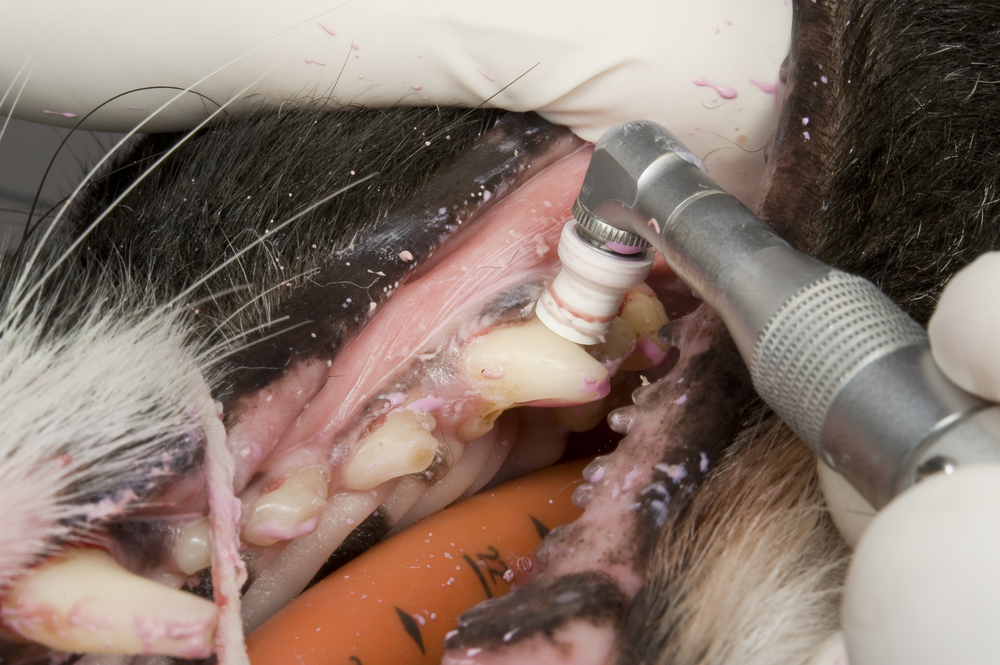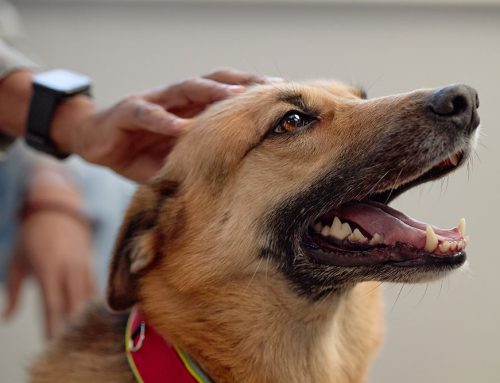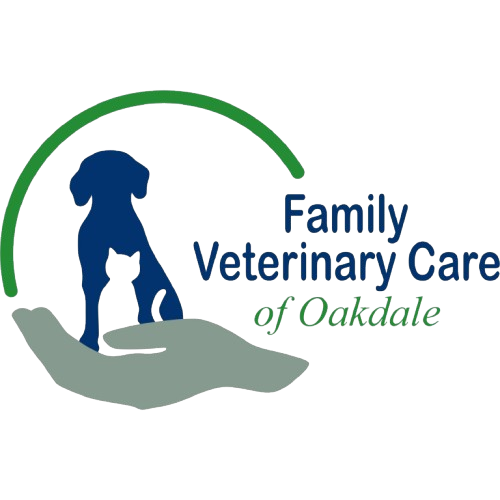Like people, cats and dogs can develop dental issues, such as periodontal disease. By age 3, most dogs and cats have some degree of dental disease—cracked, chipped, or broken teeth, tartar, and, of course, bad breath. Fortunately, by taking care of your pet’s oral health, you can help them avoid dental disease.
Early detection and treatment can help prevent dental problems from worsening and impacting your pet’s overall health. To help maintain their dental health, pets need regular at-home oral care and annual—and possibly more frequent—professional dental cleanings. Our Family Veterinary Care of Oakdale team explains all you need to know about cat and dog dental care, and how often your pet should have their teeth professionally cleaned.
Dental disease affects cats and dogs
Dental disease doesn’t discriminate by species, and is the most common disease affecting cats and dogs. Plaque and bacteria build up on your pet’s teeth and quickly form hardened calculus deposits (i.e., tartar), causing dental disease. Over time, pets develop gingivitis as plaque and tartar accumulate above and below the gumline, irritating the gum tissue and allowing bacteria to flourish. Without treatment, gingivitis damages teeth’s supportive structures and can progress to full-blown periodontal disease—pets’ most common oral health issue. Without preventive care or treatment, dental disease can lead to loose teeth and infection, causing your pet significant pain. In addition, circulating bacteria can enter your pet’s bloodstream, and can permanently damage their kidneys, liver, and heart, leading to serious health conditions that extend far beyond your four-legged friend’s mouth.
You should establish an at-home dental care routine for your pet that includes daily toothbrushing. In addition, to detect early dental disease signs and help maintain your pet’s dental health, your veterinarian should at a minimum examine and clean your furry pal’s teeth and gums annually. Some pets require more frequent oral examinations, and multiple factors help determine the ideal frequency of your pet’s dental cleanings.
Dental disease is more than bad breath in pets
Dental disease signs can be easy to miss without taking a thorough look inside your pet’s mouth—another reason why regular professional dental examinations and cleanings are important. Bad breath is a common dental disease sign, along with the following:
- Brown or yellow tartar buildup on the teeth
- Red, swollen gums
- Broken or loose teeth
- Excessive drooling
- Decreased appetite
- Swallowing food whole, rather than chewing
- Leaving broken crumbs around their bowl after eating
- Taking food from their bowl and eating somewhere else
- Blood in their water bowl or on their toys
- Shying away from being touched near their face
Cats need dental cleanings too
While professional dental cleanings’ frequency varies from cat to cat, once a year is a good rule of thumb. In the past, pet owners rarely considered professional dental cleanings for cats. However, we now know that—to prevent dental disease’s serious consequences and related conditions—oral care and regular professional cleanings are equally important for cats and dogs. In addition to dental disease, cats can suffer tooth resorption—a feline-specific disease—in which the body begins breaking down and absorbing the structures that form the tooth, which is an excruciatingly painful disease. Resorption can lead to complete tooth loss and can only be spotted during your cat’s professional dental cleaning.
Some pets require more frequent dental cleanings
While annual dental cleanings are sufficient for most pets, your veterinarian may recommend
more frequent cleanings, depending on your pet’s individual needs. To determine how often your pet needs their teeth professionally cleaned, your veterinarian considers the following factors:
- Your pet’s age — As your pet ages, they are more likely to accumulate tartar. In addition, a lifetime of their teeth’s wear and tear leaves abrasions, divots, and other tooth enamel irregularities. So, the older your pet, the more frequently they may require dental cleanings.
- Your pet’s breed and size — Certain breeds require more frequent professional dental cleanings because they are genetically predisposed to oral health problems. Brachycephalic (i.e., flat-faced) breeds, such as pugs, bulldogs, Boston terriers, and Persian cats, typically have crowded teeth and misaligned bites, enabling tartar to accumulate more quickly.
- Your pet’s lifestyle — Your pet’s health history, chewing habits, and at-home dental care routine—or lack thereof—can also influence professional dental cleanings’ necessary frequency.
Your pet’s oral health is a critical part of their overall wellbeing, and regular dental cleanings are the most effective way to help prevent them from developing periodontal disease. To discuss your cat’s or dog’s at-home oral care routine and to schedule their professional dental evaluation, contact our Family Veterinary Care of Oakdale team.











Leave A Comment